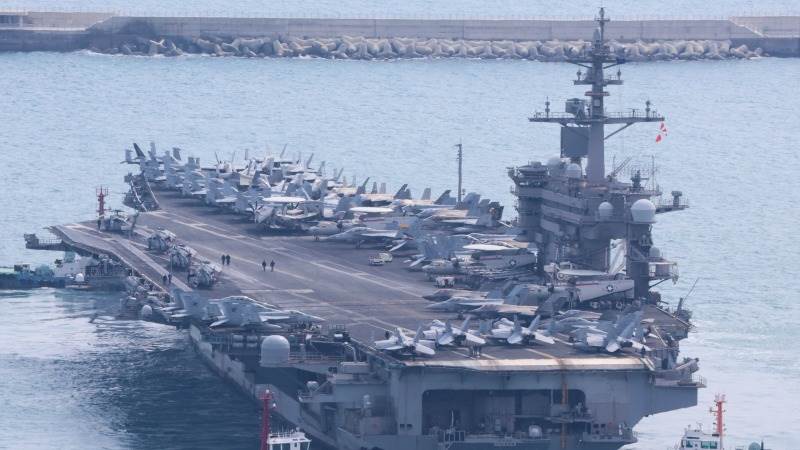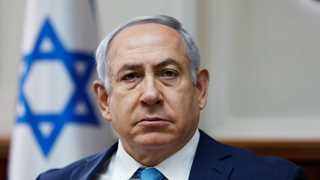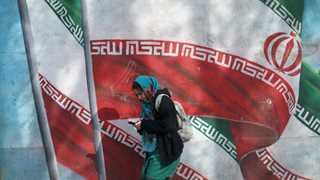The United States is significantly increasing its military presence in the Middle East as the Trump administration ramps up pressure on Iran to reach a nuclear deal. US President Donald Trump threatened Iran with "bombing the likes of which they have never seen before," giving the country a two-month deadline, according to reports. The US announced it is boosting the regional deterrence capabilities of its Central Command (CENTCOM), ordering the Harry S. Truman Carrier Strike Group to remain in place and assigning USS Carl Vinson to the area, fielding squadrons of Super Hornet strike fighters, F-35, and electronic warfare aircraft Growlers. USS Carl Vinson is currently in the Philippine Sea and is expected in Bahrain around April 10. In addition, the US has brought as many as six B-2 nuclear bombers to the Middle East and deployed a squadron of Thunderbolt subsonic attack aircraft.
Meanwhile, Iran has continued producing 60% enriched uranium, with the International Atomic Energy Agency saying it now has enough stockpiles for six atomic bombs, if they are further enriched to 90%. Tehran possesses the largest number of ballistic missiles in the Middle East, according to US intelligence, including cruise and anti-ship missiles, with a range of up to 2,000 km (1,200 miles). Iran has built up a vast amount of long-range drones, some of which can allegedly carry 300 kg payloads. The regime also arms various militant groups in the region, including the Houthis. While both Tehran and Washington remain focused on deterrence for the moment, the volatile geopolitical situation and large military force on both sides cause serious concern.




